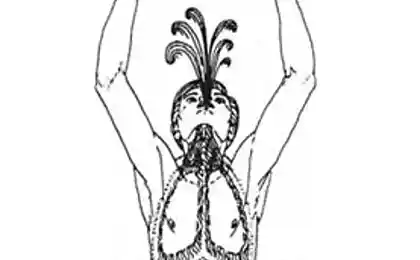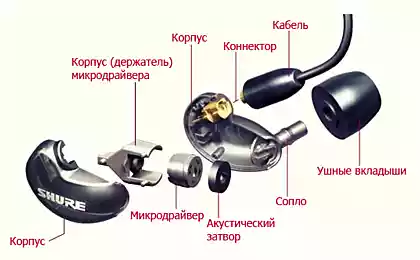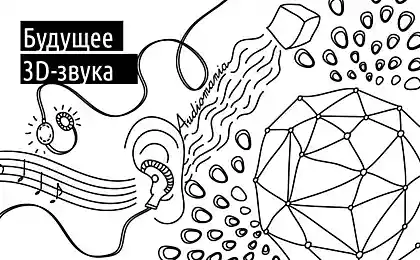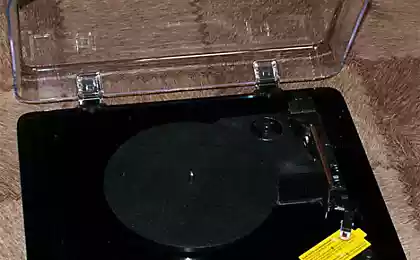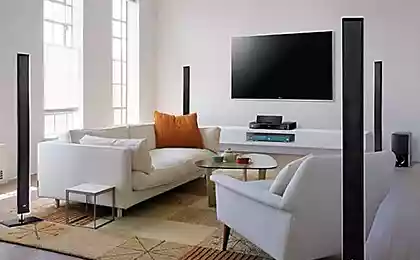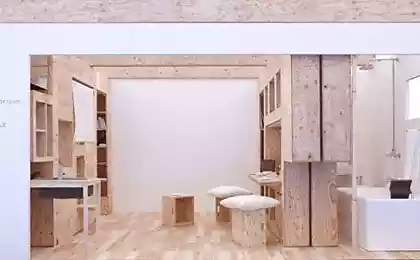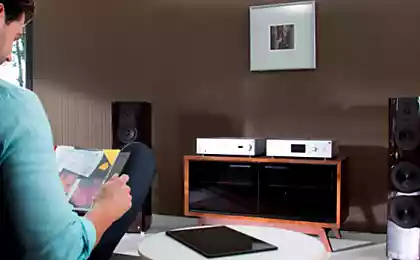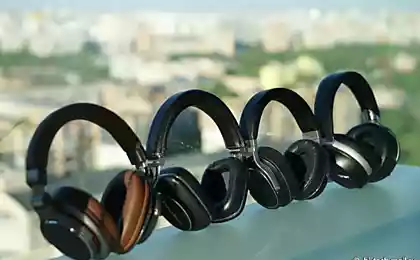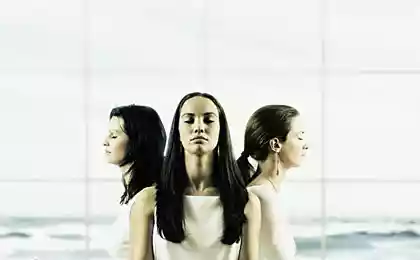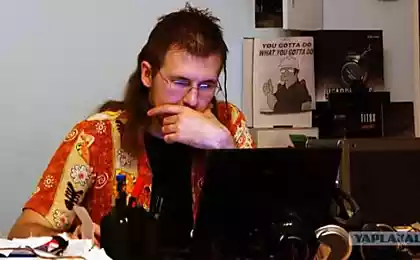1653
Printing and reproduction of sound on paper
Is it possible to encode the audio in the form of images, which is read by a camera and played in real time?
Comes to mind QR-code or some of its analogues. In this code, you can write the link to mp3, or even a very small audio file. But in the first case requires access to the network, while the second - a high density of code, and increased demands on the quality of the image. Furthermore, neither the one nor the other way will not provide instant replay.
If no sound is encoded in digital and analog format? That is, to admit the possibility of large loss of information while preserving the basic "shape" of the sound message. For example, such losses occur in poor lighting, poor camera, a small picture, wrinkled, or torn paper with the code. Let with terrible artifacts, but the picture is supposed to sound.

For several years I have been studying the Soviet photoelectron синтезатора ANS , created by engineer Yevgeny Murzin in the period from 1938 to 1958 Synthesizer based on older technology so-called "drawn sound", more details of which can be read, for example, этой article or website Generation Z . The chip also ANS is that the music is created by drawing a spectrogram and then played some semblance of modern scanner - a vertical scanner shines score by projecting light on special wheels (sort of optical Fourier transformer), which prepares the modulated signal is sent to the photocells. This format is ideally suited to a sound recording in a graphical form. Damaged or reduced spectrogram may lose some of the harmonics, but retain the overall picture for later playback. And by the way I was really created a software simulator of the ANS synthesizer - Virtual ANS , can not only play these scores, but also to create converting an audio file into a picture of the spectrum. What you need!
It remains to answer the last question - how to mark the boundaries of the picture so that the program scanner played exactly what you need without taking unnecessary information. Decided to use only the horizontal top and bottom handles. Rejection of markers on both sides of code firstly, simplifies the decoding process, and secondly, allows inexpensively play spectrogram immediately after detecting the horizontal markers. In this process of playing can be controlled manually, the speed and direction of the listener asks himself freely scanning the image. Manual mode is fascinating, but the unevenness of movement and shaking of the hands have their effect on the sound. Therefore, the program should be added and the automatic mode, when the current frame from the camera freezes and scanned uniformly without any user intervention.
Give the name of the project PhonoPaper. Specification code is as follows:
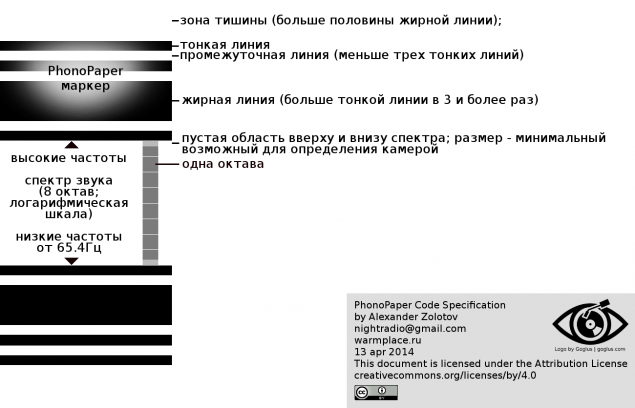
Free software scanner was written about 2 months in the language of Pixilang engine using Virtual ANS (sonograms to play in real time). At the moment it is only available for Android. iOS-version will be available in the next few days (waiting for verification Apple). Support for other systems - in the plans. Android-version of the library uses direct access to the camera from the project OpenCV , which, unfortunately, is not compatible with all devices, although the developers are constantly improving it - with yet this has to be tolerated. Most problems (fall or black screen) with Android 4.4.2 - I beg your pardon.
I foresee the practical application. So bring a small list of examples of use PhonoPaper-codes:
Comes to mind QR-code or some of its analogues. In this code, you can write the link to mp3, or even a very small audio file. But in the first case requires access to the network, while the second - a high density of code, and increased demands on the quality of the image. Furthermore, neither the one nor the other way will not provide instant replay.
If no sound is encoded in digital and analog format? That is, to admit the possibility of large loss of information while preserving the basic "shape" of the sound message. For example, such losses occur in poor lighting, poor camera, a small picture, wrinkled, or torn paper with the code. Let with terrible artifacts, but the picture is supposed to sound.

For several years I have been studying the Soviet photoelectron синтезатора ANS , created by engineer Yevgeny Murzin in the period from 1938 to 1958 Synthesizer based on older technology so-called "drawn sound", more details of which can be read, for example, этой article or website Generation Z . The chip also ANS is that the music is created by drawing a spectrogram and then played some semblance of modern scanner - a vertical scanner shines score by projecting light on special wheels (sort of optical Fourier transformer), which prepares the modulated signal is sent to the photocells. This format is ideally suited to a sound recording in a graphical form. Damaged or reduced spectrogram may lose some of the harmonics, but retain the overall picture for later playback. And by the way I was really created a software simulator of the ANS synthesizer - Virtual ANS , can not only play these scores, but also to create converting an audio file into a picture of the spectrum. What you need!
It remains to answer the last question - how to mark the boundaries of the picture so that the program scanner played exactly what you need without taking unnecessary information. Decided to use only the horizontal top and bottom handles. Rejection of markers on both sides of code firstly, simplifies the decoding process, and secondly, allows inexpensively play spectrogram immediately after detecting the horizontal markers. In this process of playing can be controlled manually, the speed and direction of the listener asks himself freely scanning the image. Manual mode is fascinating, but the unevenness of movement and shaking of the hands have their effect on the sound. Therefore, the program should be added and the automatic mode, when the current frame from the camera freezes and scanned uniformly without any user intervention.
Give the name of the project PhonoPaper. Specification code is as follows:

Free software scanner was written about 2 months in the language of Pixilang engine using Virtual ANS (sonograms to play in real time). At the moment it is only available for Android. iOS-version will be available in the next few days (waiting for verification Apple). Support for other systems - in the plans. Android-version of the library uses direct access to the camera from the project OpenCV , which, unfortunately, is not compatible with all devices, although the developers are constantly improving it - with yet this has to be tolerated. Most problems (fall or black screen) with Android 4.4.2 - I beg your pardon.
I foresee the practical application. So bring a small list of examples of use PhonoPaper-codes:
- the voice prompts or music themed pieces on business cards, posters, products;
- printed paper cards with voice mail;
- audio examples in textbooks and children's books;
- tags on sound records, CDs, cassettes;
- the sound signature on the reverse side of the paper photos;
- Art experiments;
- study basics of constructing spectral music and sound through the manual drawing PhonoPaper-codes.
Of the features I want to mention the ability to change the shape and color of such codes is practically without much harm to the stored audio information in them. Here are a couple of examples:
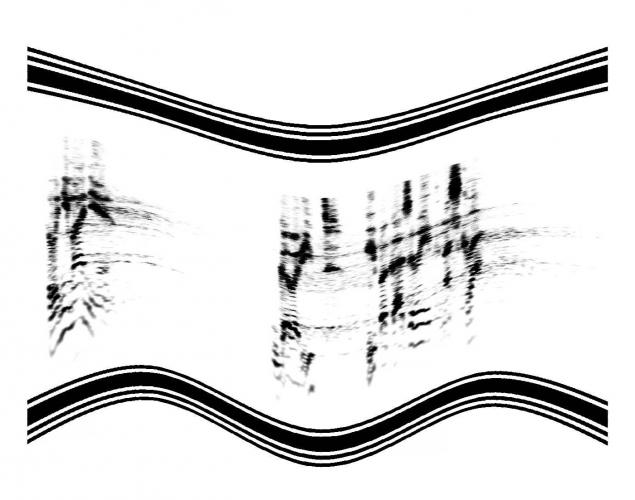

Source: habrahabr.ru/post/220061/
Lessons cosmic accident: the defeat and triumph of the "Apollo 13"
Simple Science - digest experiments # 31


